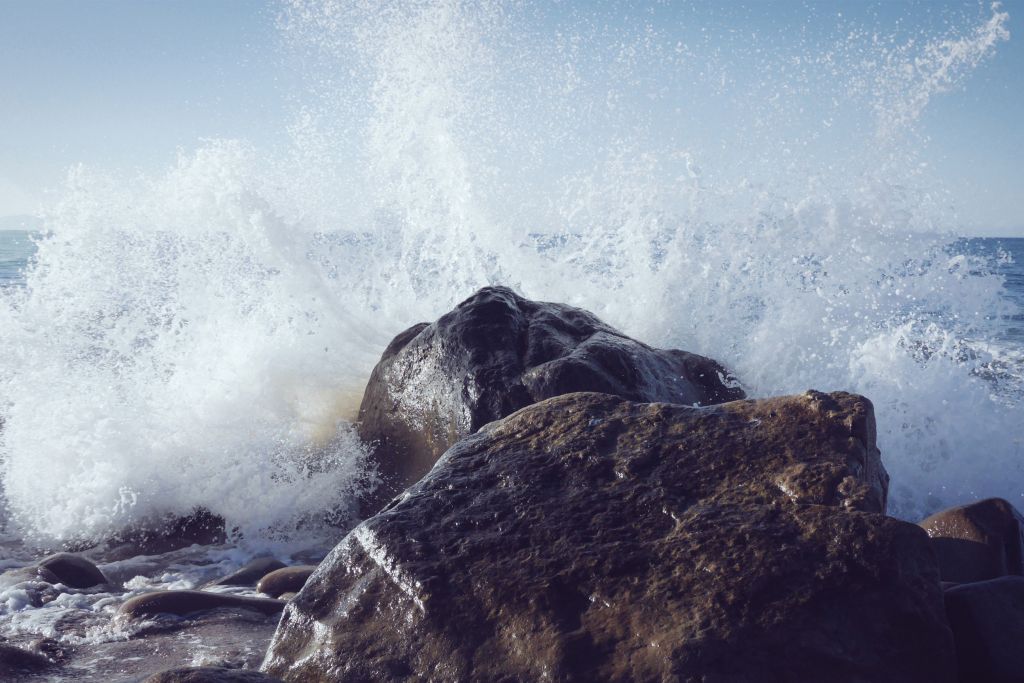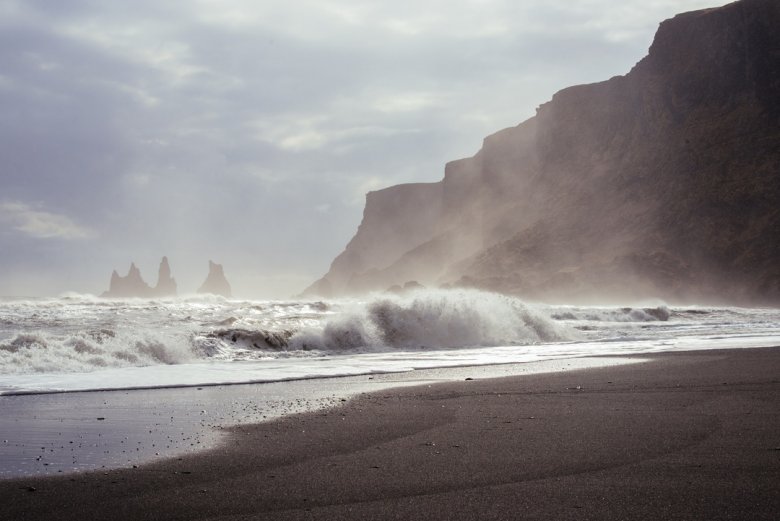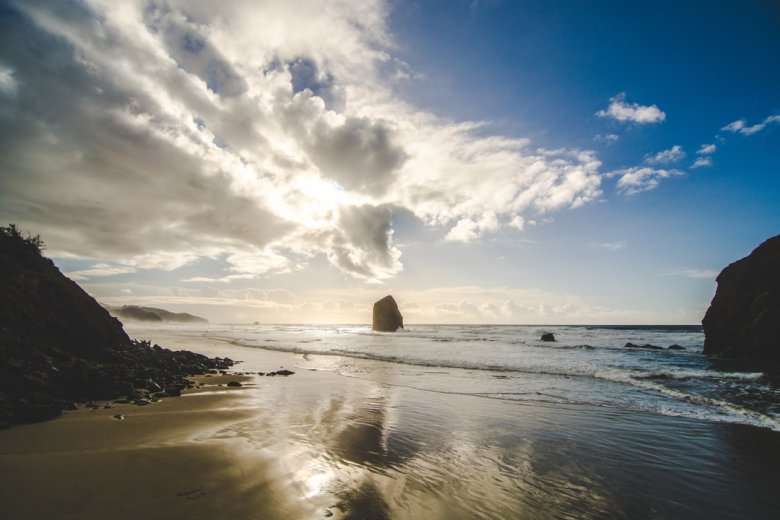If you don’t seem to be getting the amount of bookings you expect from your travel company website then you may be making one or more of these common mistakes.
At The Travel Web Design Agency we literally have decades of experience designing effective travel company websites, so if you want to know more about how we could help boost your online bookings, get in touch.
Amateur looking design
Holidays are generally high cost items which involve a high level of trust on the part of the customer – namely, that their money is in safe hands and the travel company will deliver the great experience being expected. It is therefore vital as a travel company you do your upmost to portray a sense of professionalism, trustworthiness and reliability to potential customers on your website.
Dated looking websites, those with bugs, slow load times or even websites which are not mobile-friendly will be enough to deter many visitors from making bookings when they can easily book a holiday elsewhere.
If your website was designed more than a few years ago it may be time to think about a redesign, especially if you’re not receiving the number of online bookings you expect. Potential customers will naturally shop around for a holiday so they will be confronted with many rival sites which are fresh, modern and professional, so it’s important to have an up-to-date design.
In addition, an integral aspect of a successful website is how it performs for people browsing on a tablet or Smartphone. Modern web users expect websites to be mobile-friendly. They do not want to zoom in and scroll back and forth, but instead have a website which adapts to their screen size, making browsing hassle free. As a business that sells high value items, a mobile-friendly website that removes all potential barriers to a booking is usually a necessity and this is why the travel company websites we design are mobile-friendly as standard.
Over complicating the booking process
Each action a user has to take on your website is a potential barrier to them making a booking with you.
An effective design will make browsing to a suitable holiday or tour completely hassle free. This starts with an easy to use navigation and site structure, with as minimal clicks as possible required to locate a tour. Furthermore, it must be easy to refine tours by common filters such as destination, price range, suitability, and tour length, as well as allowing the user to quickly view the main facts about a particular tour to decide if it’s right for them.
Once a user has found their desired tour there must be a clear call-to-action for them to book (such as a prominent button) and it would be wise to only ask for the absolute bear minimal of information when the user is making the initial booking on your site. Remember, once the tour is booked you can obtain further information afterwards, but asking for lots of additional information from the outset may deter the visitor, either because they don’t currently have the time to fill in all the information or they simply don’t have the information to hand.
Not easily digestible
Presenting a visitor with line and lines of unbroken text is a sure-fire way to making them leave your site. Instead, make it easy for your users.
When it comes to travel company web design, a picture really can be worth a thousand words. Whether it’s an action shot of a skier racing down the piste, or gentle waves lapping on a quiet white beach, high quality images can really capture the imagination with little time or effort.
The visitor should be able to know the key facts about a tour within a few seconds of landing on the tour page. If a user has to read through paragraphs of text to know if a tour is suitable for them then they will simply leave your website in droves. Instead, maybe consider introducing easy to digest icons which quickly convey important information, such as activity levels, if pets are allowed, and so forth, to the visitor so they can make a quicker, easier choice.
If your website is content managed, or in other words – you have the ability to edit the content yourself, take time to consider any text you plan to place on the website. Is it broken up into sub-sections? Is it easy for visitors to understand? Are the main facts about the tour quickly accessible?
No clear call-to-action
When it comes to boosting your conversion rates (converting more of your website visitors into actual paying customers) clear call-to-actions are essential.
Your homepage will be one of the most common entry points for visitors, so making it painless to navigate to the important places on your website, or perform popular actions, is imperative. Contact information should be prominently displayed on all pages and it should be effortless for visitors to browse the tours and view their important facts.
The tour page itself should be easily digestible (as already discussed), and how to book the tour should be blatant to all. A booking link within paragraph text or a simply showing a button which follows the same appearance as other buttons on the page may go unnoticed. Consider a large button or link which stands out on the page and allows the user to enter a small amount of information about themselves to book the trip there and then.
We are The Travel Web Design Agency and we create stunning travel company websites.
The Travel Web Design Blog




